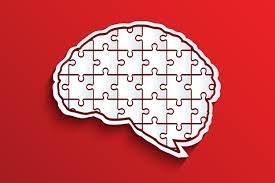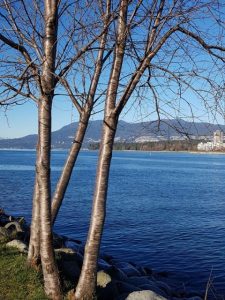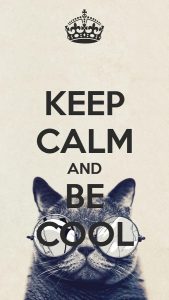Mini Assignment: Create Your Own Country and Immigration Policy
In class, we have been talking about the challenges related to being an immigrant into Canada. Each country has an immigration policy, and the process of applying to move permamently across borders is complicated and sometimes expensive!
We look forward to interviewing some of our community members who have immigrated to Canada to learn about the challenges they experienced, and what it is like to leave your home country. The books we are reading as part of our literature study also provide us with perspective about the immigrant story.
For fun, and in partners, we are going to create our own countries! Then, we will create a map of our country and a brochure, which will specifically advertise our country and explain its immigration policy.
For your country, you will need to create:
- A country name
- A location (island, bordered by other countries?)
- Topographical features (mountains, rivers, forests)
- Major cities
- Border lines (does your country have divisions of provinces/states?)
- An 11×17 coloured map of your country with a grid and legend. (I will talk more about how to make the grid
- A brochure made with 8.5 x 14 legal sized paper with short, written sections and pictures explaining:
- Flag of your country and its representative symbols
- Culture, Religion, and Language (You don’t need to create a language, just name it)
- Major Employment and Resources (What does your country offer)
- Government Type
- Services (Education, Medical)
- Entertainment and Important Sites
- Immigration process, what documents will be needed, and who you are seeking as immigrants (what skills/characteristics does your country need in terms of immigrants, per our discussions in class.)
- The brochure can be handwritten, you can create it online, or you can type the sections and paste them in the brochure.
This is meant to be a fun activity to create with your partner, and it is an opportunity to show your critical-thinking skills about immigration, as well as your map-making skills.
Criteria:
- I am able to create a country with details about its organization and resources.
- I am able to explain what the country has to offer to others in writing and pictures.
- I am able to create an immigration policy to show solid thinking about how countries have procedures for controlling the movement of people.
- I am able to create a map that shows solid thinking about topographical and political details, as well as a legend that explains its features.
- I can use editing to carefully review my writing, so my brochure communicates ideas successfully and has proper conventions.
- I am able to work collaboratively with a partner to do creative thinking about my country.
Final version due by Spring Break!




